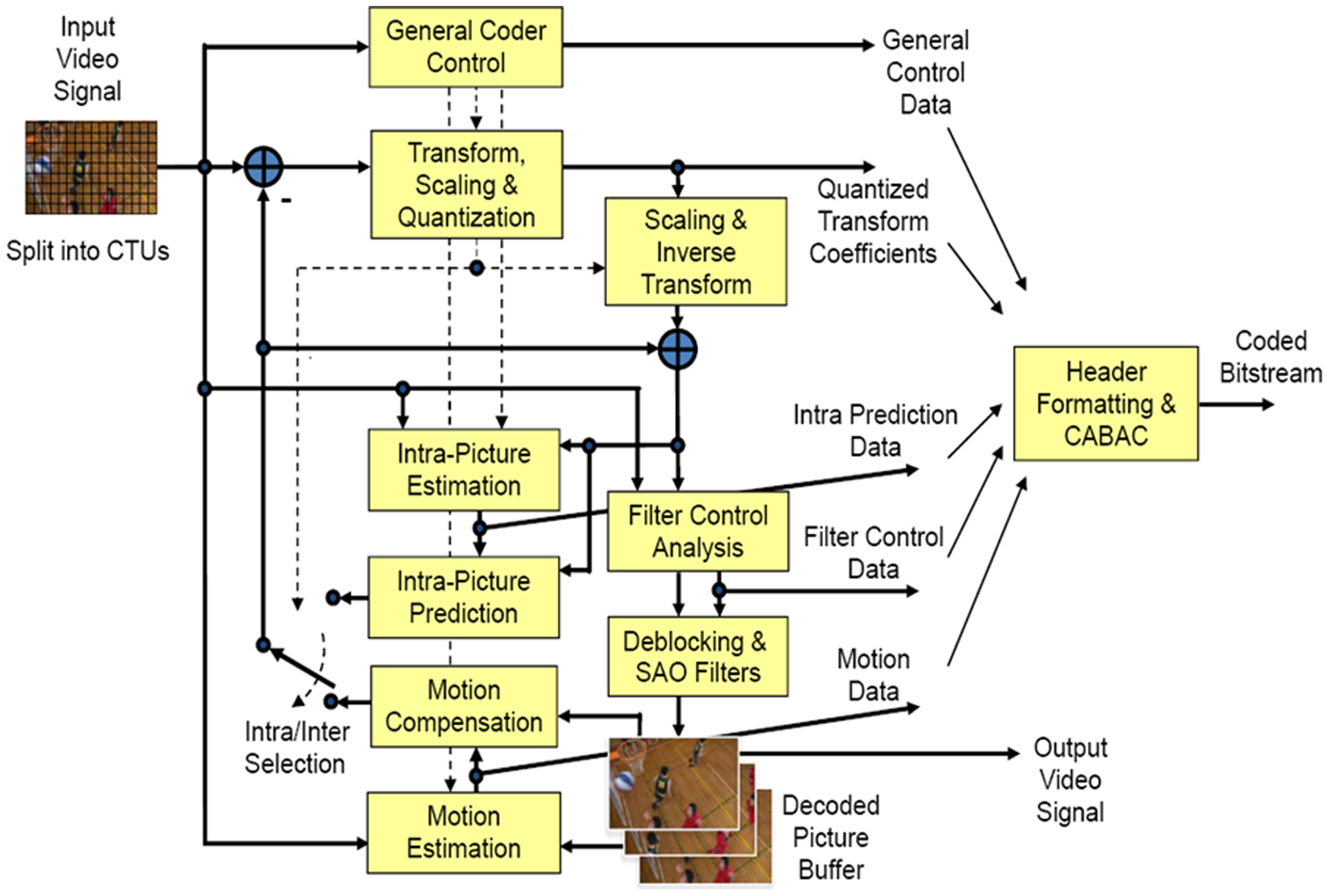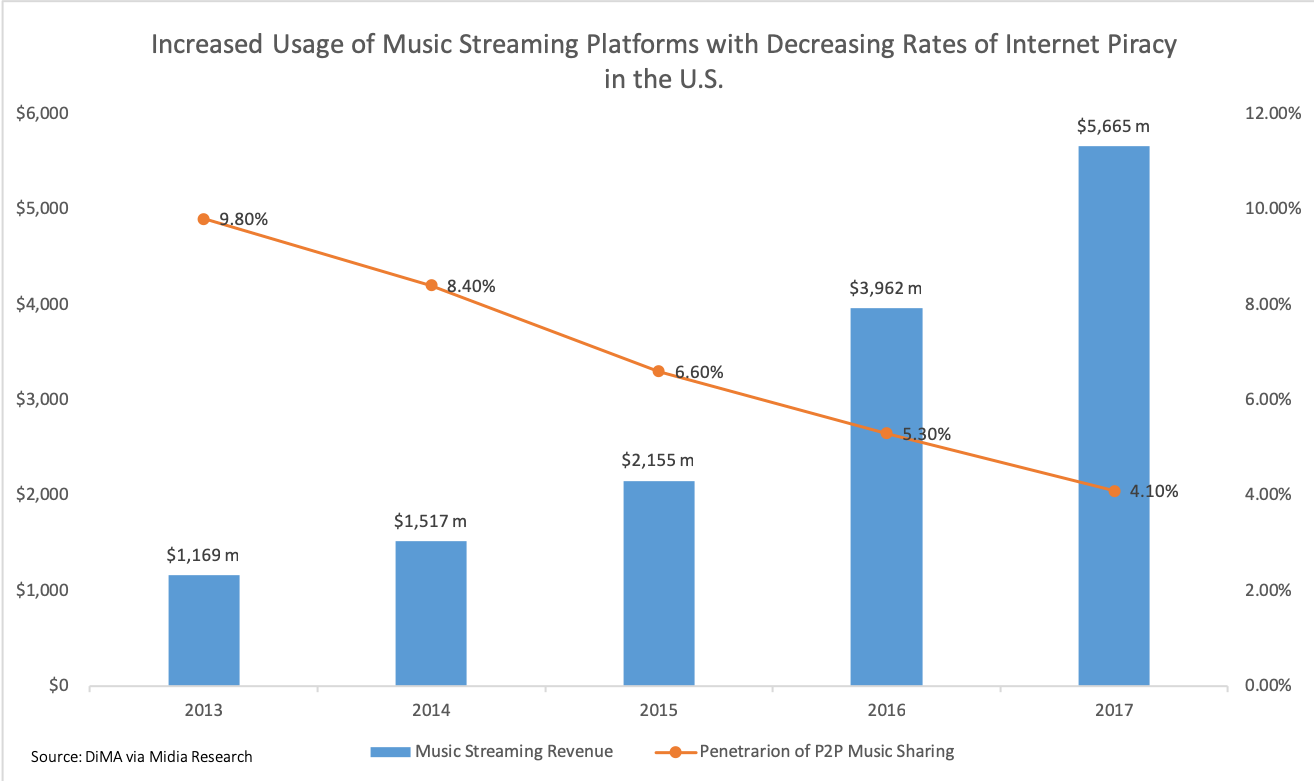|
.mkv
Matroska (styled Matroška) is a project to create a container format that can hold an unlimited number of video, audio, picture, or subtitle tracks in one file. The Matroska Multimedia Container is similar in concept to other containers like AVI, MP4, or Advanced Systems Format (ASF), but is an open standard. Matroska file extensions are ''.mkv'' for video (which may include subtitles or audio), ''.mk3d'' for stereoscopic video, ''.mka'' for audio-only files (which may include subtitles), and ''.mks'' for subtitles only. History The project was announced on 6 December 2002 as a fork of the Multimedia Container Format (MCF), after disagreements between MCF lead developer Lasse Kärkkäinen and soon-to-be Matroska founder Steve Lhomme about the use of the Extensible Binary Meta Language (EBML) instead of a binary format. This coincided with a 6-month coding break by the MCF's lead developer for his military service, during which most of the community quickly migrated to the ne ... [...More Info...] [...Related Items...] OR: [Wikipedia] [Google] [Baidu] [Amazon] |
Vorbis
Vorbis is a free and open-source software project headed by the Xiph.Org Foundation. The project produces an audio coding format and software reference encoder/decoder ( codec) for lossy audio compression, libvorbis. Vorbis is most commonly used in conjunction with the Ogg container format and it is therefore often referred to as Ogg Vorbis. Version 1.0 of Vorbis was released in May 2000. Since 2013, the Xiph.Org Foundation has stated that the use of Vorbis should be deprecated in favor of the Opus codec, an improved and more efficient format that has also been developed by Xiph.Org. Name Vorbis is named after the character Exquisitor Vorbis in the '' Discworld'' novel '' Small Gods'' by Terry Pratchett. The Ogg format is named after ''ogging'', jargon from the computer game '' Netrek''. Development Vorbis is a continuation of audio compression development started in 1993 by Chris Montgomery. Intensive development began following a September 1998 letter from the ... [...More Info...] [...Related Items...] OR: [Wikipedia] [Google] [Baidu] [Amazon] |
High Efficiency Video Coding
High Efficiency Video Coding (HEVC), also known as H.265 and MPEG-H Part 2, is a video compression standard designed as part of the MPEG-H project as a successor to the widely used Advanced Video Coding (AVC, H.264, or MPEG-4 Part 10). In comparison to AVC, HEVC offers from 25% to 50% better data compression at the same level of video quality, or substantially improved video quality at the same bit rate. It supports resolutions up to 8192×4320, including 8K UHD, and unlike the primarily 8-bit AVC, HEVC's higher fidelity Main 10 profile has been incorporated into nearly all supporting hardware. While AVC uses the integer discrete cosine transform (DCT) with 4×4 and 8×8 block sizes, HEVC uses both integer DCT and discrete sine transform (DST) with varied block sizes between 4×4 and 32×32. The High Efficiency Image Format (HEIF) is based on HEVC. Concept In most ways, HEVC is an extension of the concepts in H.264/MPEG-4 AVC. Both work by comparing different parts of a fra ... [...More Info...] [...Related Items...] OR: [Wikipedia] [Google] [Baidu] [Amazon] |
Matroska Logo
Matroska (styled Matroška) is a project to create a container format (digital), container format that can hold an unlimited number of video, audio, picture, or subtitle tracks in one file. The Matroska Multimedia Container is similar in concept to other containers like Audio Video Interleave, AVI, MPEG-4 Part 14, MP4, or Advanced Systems Format (ASF), but is an open standard. Matroska file extensions are ''.mkv'' for video (which may include subtitles or audio), ''.mk3d'' for stereoscopic video, ''.mka'' for audio-only files (which may include subtitles), and ''.mks'' for subtitles only. History The project was announced on 6 December 2002 as a fork (software development), fork of the Multimedia Container Format (MCF), after disagreements between MCF lead developer Lasse Kärkkäinen and soon-to-be Matroska founder Steve Lhomme about the use of the Extensible Binary Meta Language (EBML) instead of a binary format. This coincided with a 6-month coding break by the MCF's lead ... [...More Info...] [...Related Items...] OR: [Wikipedia] [Google] [Baidu] [Amazon] |
Container Format (digital)
A container format (informally, sometimes called a wrapper) or metafile is a file format that allows multiple data streams to be embedded into a single computer file, file, usually along with metadata for identifying and further detailing those streams. Notable examples of container formats include archive files (such as the ZIP (file format), ZIP format) and formats used for multimedia playback (such as Matroska, MPEG-4 Part 14, MP4, and Audio Video Interleave, AVI). Among the earliest cross-platform container formats were Distinguished Encoding Rules and the 1985 Interchange File Format. Design Although containers may identify how data or metadata is encoded, they do not actually provide instructions about how to decode that data. A Computer program, program that can open a container must also use an appropriate codec to decode its contents. If the program doesn't have the required algorithm, it can't use the contained data. In these cases, programs usually emit an error mess ... [...More Info...] [...Related Items...] OR: [Wikipedia] [Google] [Baidu] [Amazon] |
Windows 10
Windows 10 is a major release of Microsoft's Windows NT operating system. The successor to Windows 8.1, it was Software release cycle#Release to manufacturing (RTM), released to manufacturing on July 15, 2015, and later to retail on July 29, 2015. Windows 10 was made available for download via MSDN and Microsoft Technet, TechNet, as a free upgrade for retail copies of Windows 8 and Windows 8.1 users via the Microsoft Store, and to Windows 7 users via Windows Update. Unlike previous Windows NT releases, Windows 10 receives new software build, builds on an ongoing basis, which are available at no additional cost to users; devices in enterprise environments can alternatively use long-term support milestones that only receive critical updates, such as security patch (computing), patches. It was succeeded by Windows 11, which was released on October 5, 2021. In contrast to the Tablet computer, tablet-oriented approach of Windows 8, Microsoft provided the desktop environment, de ... [...More Info...] [...Related Items...] OR: [Wikipedia] [Google] [Baidu] [Amazon] |
Streaming Media
Streaming media refers to multimedia delivered through a Computer network, network for playback using a Media player (other), media player. Media is transferred in a ''stream'' of Network packet, packets from a Server (computing), server to a client-server model, client and is rendered in real-time; this contrasts with file downloading, a process in which the end-user obtains an entire media file before consuming the content. Streaming is more commonly used for video on demand, streaming television, and music streaming services over the Internet. While streaming is most commonly associated with multimedia from a remote server over the Internet, it also includes offline multimedia between devices on a local area network. For example, using DLNA and a home server, or in a personal area network between two devices using Bluetooth (which uses radio waves rather than Internet Protocol, IP). Online streaming was initially popularized by RealNetworks and Microsoft in the 1 ... [...More Info...] [...Related Items...] OR: [Wikipedia] [Google] [Baidu] [Amazon] |
Hydrogenaudio
Hydrogenaudio is an online community of audio enthusiasts, including some software developers. It is known for its blind listening tests and scientific mindset. It has a website with forums featuring discussions about all kinds of audio reproduction issues. There is also a wiki with articles about codecs and other aspects of audio technology. The website was launched in 2001 and reported 112,875 registered user accounts in April 2019. See also * Codec listening test A codec listening test is a scientific Experiment, study designed to compare two or more lossy sound reproduction, audio codecs, usually with respect to perceived fidelity or compression efficiency. Most tests take the form of a double-blind comp ... References External links * Music Internet forums Technology websites {{website-stub ... [...More Info...] [...Related Items...] OR: [Wikipedia] [Google] [Baidu] [Amazon] |
Doom9
Doom9 is a website featuring information on digital audio and video manipulation (mostly video) and digital copyrights. It is also the forum username of the author of the page, an Austrian who was a college student at the time of the creation of the site. Doom9 is also known as the main discussion forum for many major video encoding tools, such as x264, AviSynth, and MeGUI. History Started in March 2000, the site has expanded to contain a wide range of information on the subject of digital video encoding and DVD backup (or ripping). The most popular sections of the site were the guides to DVD ripping and the annual codec comparisons, where popular digital video codecs were compared on the basis of quality, speed, and compression. The forum is frequented by many developers of the tools and codecs featured on the site, such as FairUse4WM. The VirtualDubMod project began after many modifications to VirtualDub were posted on the Doom9 forums. Doom9 gained notoriety due to its i ... [...More Info...] [...Related Items...] OR: [Wikipedia] [Google] [Baidu] [Amazon] |
Voiceless Retroflex Fricative
The voiceless retroflex sibilant fricative is a type of consonantal sound used in some spoken languages. The symbol in the International Phonetic Alphabet that represents this sound is which is a Latin letter s combined with a retroflex hook. Like all the retroflex consonants, the IPA letter is formed by adding a rightward-pointing hook to the bottom of (the letter used for the corresponding alveolar consonant). A distinction can be made between laminal, apical, and sub-apical articulations. Only one language, Toda, appears to have more than one voiceless retroflex sibilant, and it distinguishes subapical palatal from apical postalveolar retroflex sibilants; that is, both the tongue articulation and the place of contact on the roof of the mouth are different. Some scholars also posit the voiceless retroflex approximant distinct from the fricative. The approximant may be represented in the IPA as . Features Features of the voiceless retroflex fricative: Occurrence ... [...More Info...] [...Related Items...] OR: [Wikipedia] [Google] [Baidu] [Amazon] |
Caron
A caron or háček ( ), is a diacritic mark () placed over certain letters in the orthography of some languages, to indicate a change of the related letter's pronunciation. Typographers tend to use the term ''caron'', while linguists prefer the Czech word '. The symbol is common in the Baltic, Slavic, Finnic, Samic and Berber language families. Its use differs according to the orthographic rules of a language. In most Slavic and other European languages it indicates present or historical palatalization (e → ě; [] → []), iotation, or postalveolar consonant, postalveolar articulation (c → č; → ). In Salishan languages, it often represents a uvular consonant (x → x̌; [] → ). When placed over vowel symbols, the caron can indicate a contour tone, for instance the falling and then rising tone in the Pinyin romanization of Standard Chinese, Mandarin Chinese. It is also used to decorate symbols in mathematics, where it is often pronounced ("check"). The caro ... [...More Info...] [...Related Items...] OR: [Wikipedia] [Google] [Baidu] [Amazon] |
Matryoshka Doll
Matryoshka dolls (), also known as stacking dolls, nesting dolls, Russian tea dolls, or Russian dolls, are a set of wooden dolls of decreasing size placed one inside another. The name ''Matryoshka'' is a diminutive form of ''Matryosha'' (), in turn a hypocorism of the Russian female first name '' Matryona'' (). A set of matryoshkas consists of a wooden figure, which separates at the middle, top from bottom, to reveal a smaller figure of the same sort inside, which has, in turn, another figure inside of it, and so on. The first Russian nested doll set was made in 1890 by wood turning craftsman and wood carver Vasily Zvyozdochkin from a design by Sergey Malyutin, who was a folk crafts painter at Abramtsevo. Traditionally the outer layer is a woman, dressed in a Russian sarafan dress. The figures inside may be of any gender; the smallest, innermost doll is typically a baby turned from a single piece of wood. Much of the artistry is in the painting of each doll, which can be ... [...More Info...] [...Related Items...] OR: [Wikipedia] [Google] [Baidu] [Amazon] |



